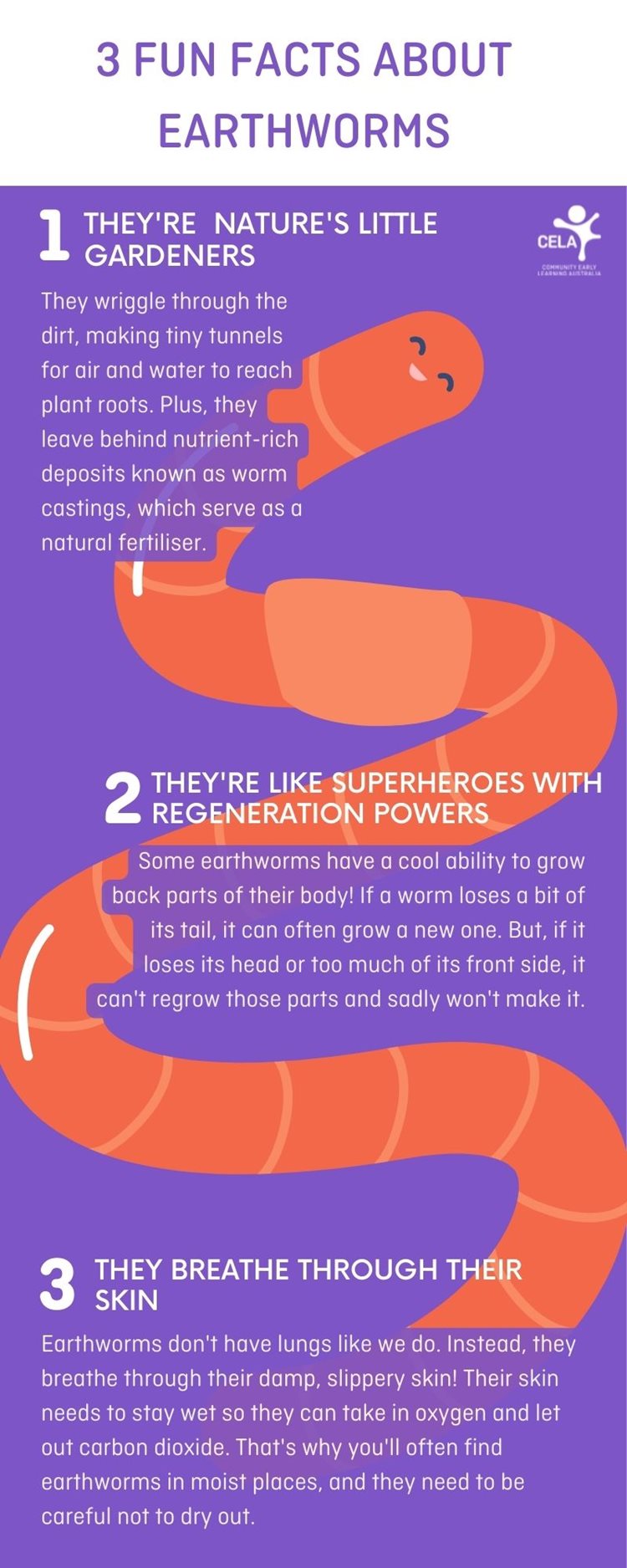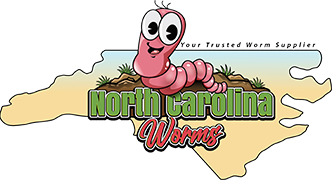Getting My North Carolina Worms To Work
Getting My North Carolina Worms To Work
Blog Article
See This Report about North Carolina Worms
Table of ContentsNorth Carolina Worms Fundamentals ExplainedThe Main Principles Of North Carolina Worms North Carolina Worms - An OverviewGetting My North Carolina Worms To Work
Example: 1-gallon of worm spreadings to 4 gallons of potting mix. 1/2 cup in the bottom of the growing opening for smaller plants. 1 cup for larger plants.
The addition of tea can also include raised microbial biomass to your soil. You can constantly side-dress your plants with worm castings any time. Simply bear in mind, the microbes will pass away if subjected to UV rays (Sun), so make sure to cover the castings with an inch or two of soil.
This baffled them for years up until the testing approaches became better. They located that plant growth and wellness exhibited a Bell Curve. It would certainly improve(with even more castings), level off, and after that decrease. They were mystified. They ultimately discovered that excess plant-growth hormonal agents were the culprit. Way too many worm castings would certainly accelerate the development to a speed that the plant can not recuperate from.
North Carolina Worms for Dummies
Many herbicides work with this exact same principle. So, 20% by quantity seems to be the "Sweet Area". I have stated the merits of worm spreadings for about 2000 words. What about the opposite of the coin? Nothing is ideal. Worm castings are no various. It requires time to create quality worm castings.
Worm castings absolutely cost even more than chemical fertilizers. Worm castings are on the less costly end of organic plant foods. (50 gallons per year) It is a much more challenging and very expensive financial investment to create huge quantities of worm castings.

Actually, creating a healthy dirt might be the best advantage of worm spreadings. Healthy dirt was discussed and just how crucial this has come to be to everybody. The top ten advantages of worm castings were additionally provided. We reviewed worm spreadings NPK and likewise the proper nutrient analysis that must relate to worm spreadings.
Indicators on North Carolina Worms You Need To Know
Lastly, we spoke about a few of the negative aspects associated with worm castings. I covered a great deal of material in this short article. There are a great deal of web links (interior and exterior). If you would certainly like more information on a particular topic, please click with the links to find out more. As constantly, feel free to comment or ask concerns.
The upright burrows are generally open, although the worms top the top with residue and excrement. Roots require oxygen for their growth, whereas they create carbon dioxide that needs to leave the dirt.
Earthworms raise porosity by 2 systems: (1) by creating permanent burrows, and (2) by enhancing soil aggregation. Gathering is enhanced by the blending of soil and organic matter in the earthworms' intestines. North Carolina Worms. These extremely steady aggregates are transferred by some earthworms in their burrows, and by others at the surface of the dirt


In one more research, earthworms were estimated to take in 4 to 10 percent of the top 6 inches of the soil yearly. Dirt compaction minimizes the porosity of the dirt.
North Carolina Worms - An Overview
Typical earthworm populaces can conveniently take in 2 lots of completely dry issue per acre per year, partially absorbing and blending it with dirt. The value of earthworms to mix surface area deposit with dirt ends up being extremely clear in soils that do not have any kind of earthworms. The majority of our Pennsylvania soils have at the very least some earthworms, and the impact of their complete lack, for that reason, can not be kept in mind.
(https://the-dots.com/users/north-carolina-worms-1813520)In these dirts, the development of topsoil with practical natural issue web content did not take place, leading to bad crop growth. Once the reason was established, the federal government of the Netherlands started a campaign to introduce earthworms. After the introduction of the earthworms, a dark topsoil layer was created, and plant development boosted considerably.
They live largely from partly decomposed organic issue that is currently integrated in the soil. They eat their way with the soil, creating straight burrows that they loaded with their waste matter. These varieties consume big amounts of dirt that they blend with digested plant deposit in their intestines. or anecic varieties reside in long-term upright burrows that can be 5 or 6 feet deep.
Their burrows continue to be open, although they top the top with plant residue that they pull to the entryway. These types ingest significant quantities of dirt that they combine with digested residue in their intestines. Their waste matter is mostly deposited at the surface of the dirt. The nightcrawler Lumbricus terrestris is the most prominent participant of this group.
Report this page